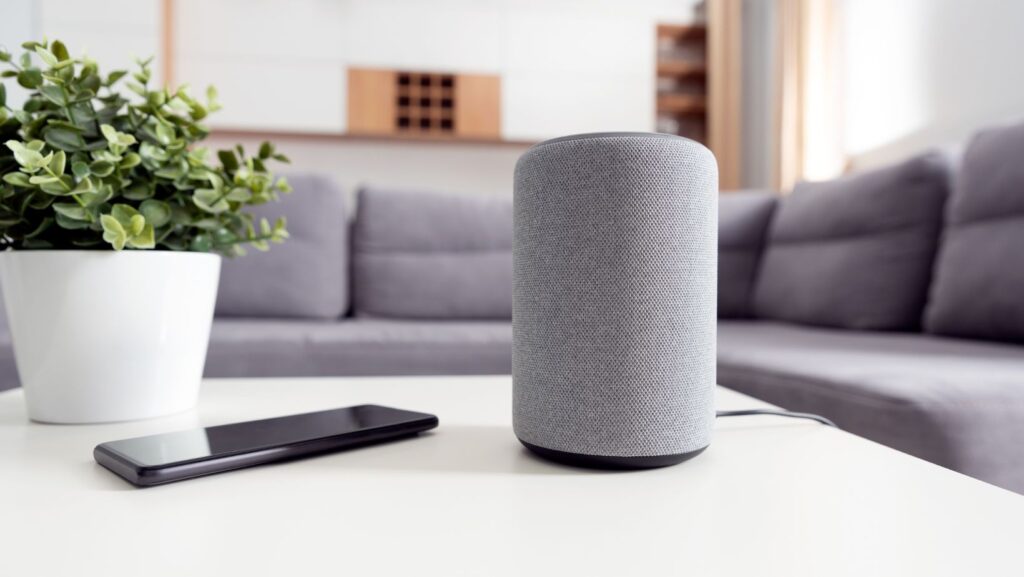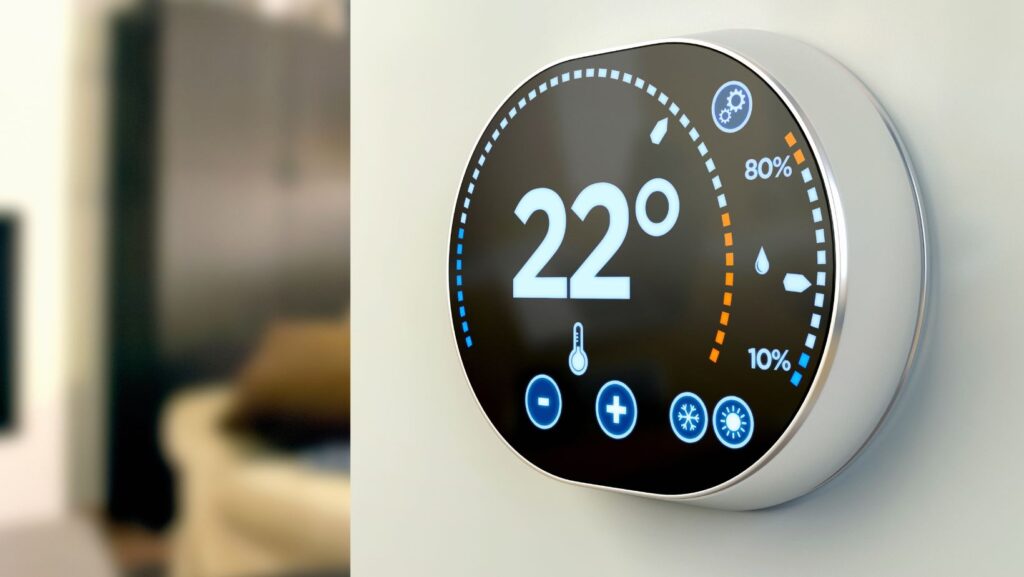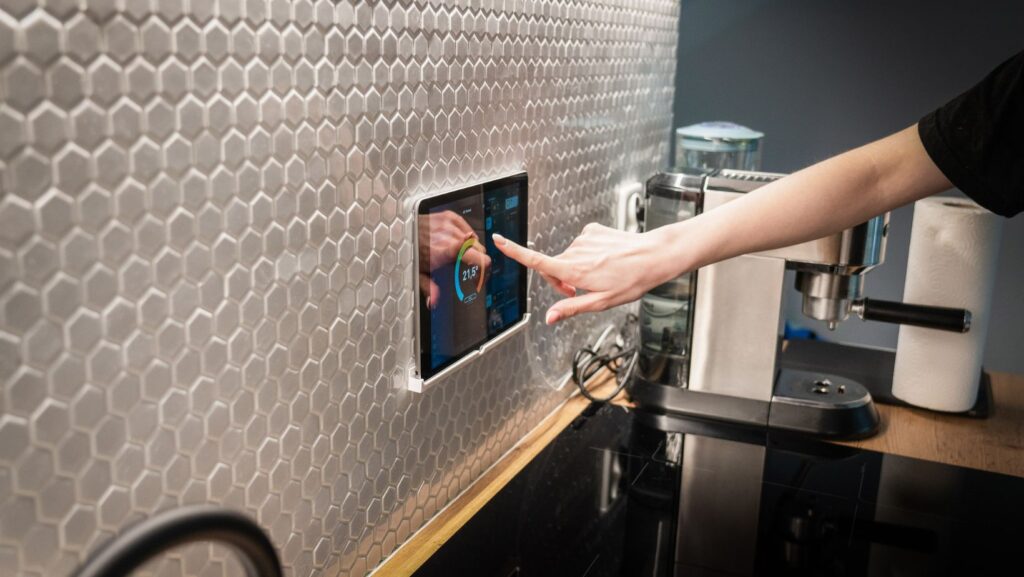Key Takeaways
- Convenience and Control: Smart houses use advanced technology to automate daily tasks, allowing homeowners to control devices such as lighting and thermostats through voice commands or mobile apps.
- Enhanced Security: With integrated smart cameras, sensors, and automated door locks, smart homes provide comprehensive security solutions that offer peace of mind and remote monitoring capabilities.
- Energy Efficiency: Smart devices optimize energy consumption, enabling users to reduce energy costs and environmental impact through features like adaptive lighting and smart thermostats.
- User-Friendly Design: Smart homes focus on seamless integration and intuitive interfaces, making it easy for homeowners to manage their environments and customize settings for different activities.
- Sustainability Focus: Many smart technologies promote sustainability, such as water conservation systems and energy-efficient appliances, contributing to reduced utility bills and a healthier planet.
- Ongoing Innovation: Regular software updates and compatibility with third-party devices ensure that smart houses continue to evolve, keeping homeowners at the forefront of the latest technological advancements.
In today’s fast-paced world, smart homes are transforming the way people live. With technology advancing at lightning speed, integrating smart devices into daily life offers convenience, security, and energy efficiency. Imagine controlling everything from the thermostat to the lights with just a voice command or a tap on your smartphone.
A smart house isn’t just about luxury; it’s about creating a seamless living experience tailored to individual needs. From automated routines to enhanced safety features, the benefits are endless. As more homeowners embrace this innovative lifestyle, the concept of a smart house continues to evolve, making life not just easier but also smarter.
My Smart House
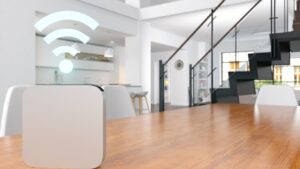 My smart house integrates various technologies to create a connected and efficient living environment. It features smart devices that automate daily tasks, enhancing convenience and efficiency. The system includes smart lighting, which adapts to routines and preferences, and smart thermostats that optimize energy consumption based on occupancy patterns.
My smart house integrates various technologies to create a connected and efficient living environment. It features smart devices that automate daily tasks, enhancing convenience and efficiency. The system includes smart lighting, which adapts to routines and preferences, and smart thermostats that optimize energy consumption based on occupancy patterns.
The security system employs cameras and sensors that provide real-time alerts, ensuring safety. Smart locks offer remote access control, allowing homeowners to grant entry without physical keys. Voice assistants streamline those interactions, enabling hands-free control of connected devices.
Entertainment options, such as smart TVs and speakers, allow for seamless streaming and multi-room audio. Energy management tools monitor and reduce consumption, contributing to sustainability efforts. Integration of various smart devices creates a cohesive ecosystem, enabling users to manage their homes effortlessly through a single app interface.
Key Features of My Smart House![]()
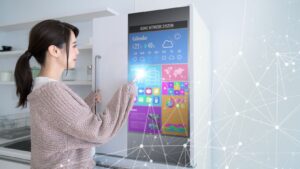 My smart house incorporates advanced technologies that streamline everyday tasks and enhance living comfort. Below are key features that contribute to its efficiency and user-friendliness.
My smart house incorporates advanced technologies that streamline everyday tasks and enhance living comfort. Below are key features that contribute to its efficiency and user-friendliness.
Smart lighting systems adjust automatically based on time, occupancy, and mood. They include features such as:
- Adaptive Brightness: Lights dim or brighten according to natural light levels, optimizing energy use.
- Remote Control: Homeowners can control their lighting from anywhere using a mobile app.
- Scheduling Options: Users set schedules for lights to turn on and off at specific times, enhancing safety and convenience.
- Mood Setting: Color-changing bulbs allow customization of ambiance for various activities or occasions.
- Smart Thermostats: These devices learn users’ preferences and adjust temperatures accordingly, saving energy costs.
- Zoned Heating and Cooling: Homeowners can independently control temperatures in different rooms, improving comfort throughout the house.
- Remote Management: Users can adjust heating and cooling settings via smartphone, ensuring comfort even when away from home.
- Energy Monitoring: Smart systems provide real-time data on energy usage, enabling effective management and reduction of energy bills.
Security Enhancements in My Smart House
Security enhancements in a smart house utilize advanced technology to protect occupants and property. These features provide peace of mind and ensure safe living environments.
Smart Cameras and Sensors
Smart cameras and sensors play a crucial role in comprehensive home security. They offer real-time surveillance, allowing homeowners to monitor their property remotely. High-definition video quality provides clear visuals, while night vision capabilities ensure 24/7 monitoring. Motion sensors detect unusual activity and send alerts to homeowners via mobile apps, enhancing responsiveness. Integration with smart home systems allows for automated actions, such as turning on lights or sounding alarms when threats are detected.
Automated Door Locks
Automated door locks enhance security by offering keyless entry options. These locks enable remote access control, allowing homeowners to lock or unlock doors from anywhere using a smartphone. Features such as temporary access codes allow guests or service personnel entry without requiring physical keys. Notifications inform homeowners of door status, ensuring peace of mind when away. Some systems even integrate facial recognition or fingerprint scanning for added security, making unauthorized access nearly impossible.
Energy Efficiency and Sustainability
Smart homes significantly enhance energy efficiency and promote sustainability through innovative technologies. Smart devices optimize energy consumption, reducing waste and minimizing environmental impact.
Smart Lighting
Smart lighting systems utilize LED bulbs and sensors to adjust light levels based on occupancy and natural light availability. These systems can lower energy usage by up to 80% compared to traditional lighting, providing an eco-friendly solution. Homeowners can integrate dimmers, motion detectors, and scheduling features to maximize efficiency.
Smart Thermostats
Smart thermostats track heating and cooling patterns, learning user behaviors to optimize energy consumption. Zoned temperature control allows specific areas of the home to be heated or cooled based on occupancy, reducing overall energy costs by 10-15%. Remote access enables adjustments from anywhere, ensuring energy efficiency when away from home.
Energy Management Systems
Energy management systems monitor and analyze energy usage across all devices. By providing real-time data, these systems help homeowners identify energy-saving opportunities. Integration with renewable energy sources, such as solar panels, further enhances sustainability by allowing users to track performance and consumption.
Water Conservation
Smart homes also focus on water conservation. Smart irrigation systems adjust watering schedules based on weather conditions, significantly reducing water use. These systems can decrease water waste by 30-50%, contributing to both conservation efforts and cost savings on utility bills.
Efficient Appliances
Smart appliances automatically adjust settings for optimal efficiency. For instance, energy-efficient washing machines use sensors to determine load size, reducing water and energy consumption. These appliances help reduce the household carbon footprint and support sustainable living practices.
Collectively, smart technologies foster a sustainable lifestyle. By reducing energy and water usage, smart homes lessen the strain on natural resources. Homeowners adopting these advancements benefit not only from reduced bills but also from contributing to a healthier planet.
User Experience and Ease of Use
User experience in a smart house stands out due to its intuitive design and seamless integration of various technologies. Homeowners interact with devices easily through a centralized app, providing comprehensive control over lighting, temperature, security, and entertainment.
Ease of use enhances daily routines through automation. Smart devices can create schedules tailored to user preferences. For example, smart thermostats adjust temperature settings based on time of day and occupancy, ensuring comfort without manual adjustments. Smart lighting can shift brightness levels or colors based on specific activities, like reading or entertaining guests.
Voice assistant features streamline interactions. Homeowners can control devices simply by speaking commands, facilitating hands-free operation throughout the home. This capability increases accessibility, allowing individuals of all ages to engage with smart technologies effortlessly.
Customization options also contribute to user satisfaction. Homeowners can set personalized scenes for different occasions, such as a cozy movie night or a vibrant gathering. These one-touch settings simplify the transition between activities, enhancing the overall living experience.
Support for third-party integrations expands functionality. Many smart homes connect with popular platforms, enabling compatibility with devices from various manufacturers. This flexibility allows homeowners to incorporate new technologies as they emerge, ensuring their smart houses remain at the forefront of innovation.
Finally, regular software updates ensure ongoing improvements and feature additions. Manufacturers frequently release updates to enhance security, fix bugs, and incorporate user feedback. This commitment to maintaining a high-quality experience fosters trust and satisfaction among smart home users.
Overall Impact
The journey into smart living is just beginning. As technology continues to advance, smart homes will become even more integrated into daily life. Homeowners can look forward to enhanced convenience, security, and energy efficiency.
With the ability to automate tasks and personalize experiences, these homes are redefining what it means to live comfortably. The benefits extend beyond individual households, promoting sustainability and reducing environmental impact.
Embracing a smart home lifestyle not only simplifies life but also contributes positively to the planet. For those considering this transition, the future holds exciting possibilities that promise to make life smarter and more enjoyable.
